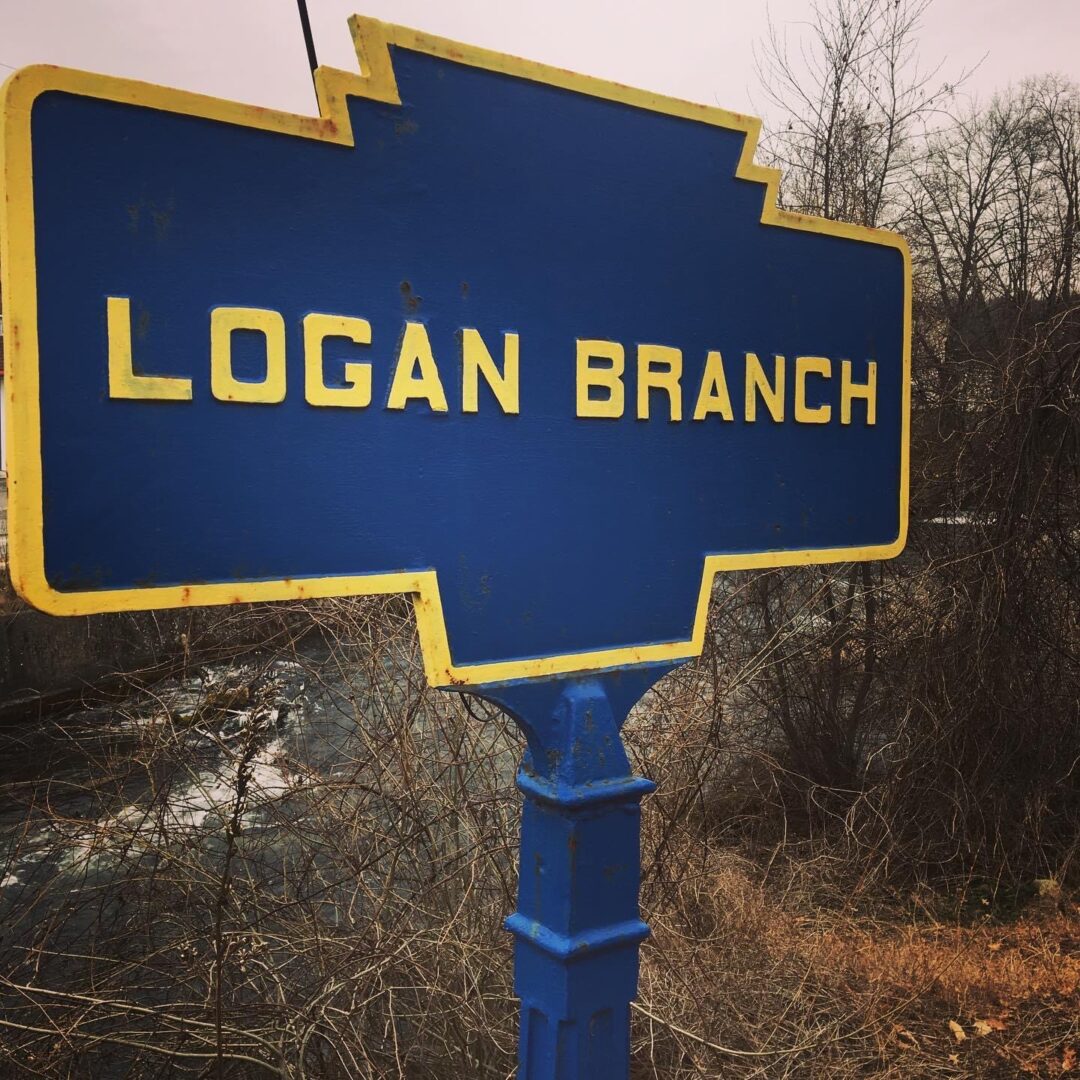Logan Branch, Logan Fire Company, Logan Street, Logan Avenue, Logan Valley. All across central Pennsylvania, the name Logan is almost as familiar a branding as the name of any U.S. Founding Father. Who was this mythical Logan, and what did he accomplish in his lifetime that impacted our area to such an extent that we would name roads, springs, and valleys after him? To answer that question, one must delve into a complicated history of the partially forgotten and conflated stories of two famous brothers.
In the early 18th century, one name reigned supreme among European settlers heading out toward the frontier lands of western Pennsylvania: Shikellamy. This Oneida chief rose to prominence in the late 1720s by helping to negotiate deals between the Six Nations and the Penn family. So influential was Shikellamy that he was named vice regent of the tribes of Pennsylvania and would serve as the point of contact between the Pennsylvania government and the Native Americans within the borders of the fledgling colony.
Stationed in what is now Shamokin, Shikellamy would raise his family in the public eye of tribes, traders, and missionaries alike. Tachnachdoarus, or “Spreading Oak,” Shikellamy’s oldest son, was noted by Moravian missionaries to be his father’s shadow, always serious, accompanying him to meetings, carrying messages, and eventually dealing directly with Europeans on behalf of the Six Nations. Tah-Gah-Jute, or “Beetling Brow,” Shikellamy’s second son, was observed to be more of a free spirit, prone to wandering and exploring, rather than sitting through arduous meetings.
Over time, anglicized names would be bestowed on the brothers, and confusion would abound for historians thereafter. The eldest son, Tachnachdoarus, would go by “John Shikellamy,” and eventually “John Logan.” Shikellamy’s second son, Tah-Gah-Jute, would garner the moniker “James Logan,” after the famous early Pennsylvanian diplomat.
The stories of John and James have become intertwined, with legends and folklore attributed to one or the other. The most important complication arises from one brother’s infamous actions and one Founding Father’s detailing of the event. In 1774, as the antecedent to the oft-forgotten but highly impactful Lord Dunmore’s War, Logan the Mingo chief went on a tour of revenge in the Ohio Country, which included most of Ohio, western modern-day Pennsylvania, and northwestern West Virginia. This was undertaken as recompense for the savage murder by white settlers of his entire family while he and most of the men were out hunting. Logan stalked the countryside, indiscriminately killing white settlers, causing the Virginia colonial government to call forth the state militia. Logan, in defense of his actions, penned “Logan’s Lament,” which would be immortalized by future president and avid historian Thomas Jefferson.

Who was Logan, the Mingo chief? Therein lies the problem. John Blair Linn, legendary Bellefusian and historian of the late 19th century, claims that Logan was the same Logan who, through local folklore, was said to be encamped near the mouth of the Bald Eagle in the 1750s. Linn claims this was James Logan, the second son. Henry Shoemaker, noted historian and author of a biography on Logan, agrees that James Logan committed the revenge tour and penned “Logan’s Lament” but disagrees that James ever lived near Bellefonte. His claim is that John Logan, the eldest son, lived there for a time between stints in what is now Tyrone.
Another authority on Native Americans in Pennsylvania, historian Paul A.W. Wallace, writes that it was John who was the subject of Thomas Jefferson’s writing, but makes no claim on John ever being in Bellefonte or Tyrone. U.J. Jones, historian and author of a history of Juniata Valley, mirrors the claims of Shoemaker, even expanding to include more personal tales of Logan. This discrepancy has been repeated ever since, with some siding with the Linn story and others siding with the Shoemaker story, regardless of the very thin evidence suggesting either account is entirely correct.
Many historians since Linn and Shoemaker have made claims, and none present additional hard evidence to suggest which is correct. Most of what we know about the Logans comes from oral tradition and folklore. Fantastic stories—including about conflicts between settlers and the Logans, spying on the British during the American Revolution, thwarting a Tory plot under John Weston in Sinking Valley, and more—abound throughout central Pennsylvania. Monuments have been built, historical markers placed, and books written, but questions still persist.Unfortunately, we may never have the full truth of the legendary sons of Shikellamy, but their impact on the area continues. The name Logan remains a powerful tribute to central Pennsylvania’s Native American past. T&G
Local Historia is a passion for local history, community, and preservation. Its mission is to connect you with local history through engaging content and walking tours. Local Historia is owned by public historians Matt Maris and Dustin Elder, who co-author this column. For more, visit localhistoria.com.
Sources
Jones, U. J. (1889). Chapter XXXIII. In History of the Early Settlement of the Juniata Valley: Embracing an Account of the Early Pioneers and the Trials and Privations Incident to the Settlement of the Valley (pp. 327–329). essay, Heritage Books.
Linn, J. B. (1877). Annals of buffalo valley pennsylvania 1755-1855. L.S. Hart, printer.
Logan. Ohio History Central. (n.d.). Retrieved November 5, 2022, from https://ohiohistorycentral.org/w/Logan
Shoemaker, H. W. (1915). Captain Logan, Blair County’s Indian chief: A biography. Altoona Tribune Publishing Company.
Wilson, J. G., & Fiske, J. (1898). John Logan, Indian Chief. In Appleton’s Cyclopedia of American Biography. essay, Appleton.




